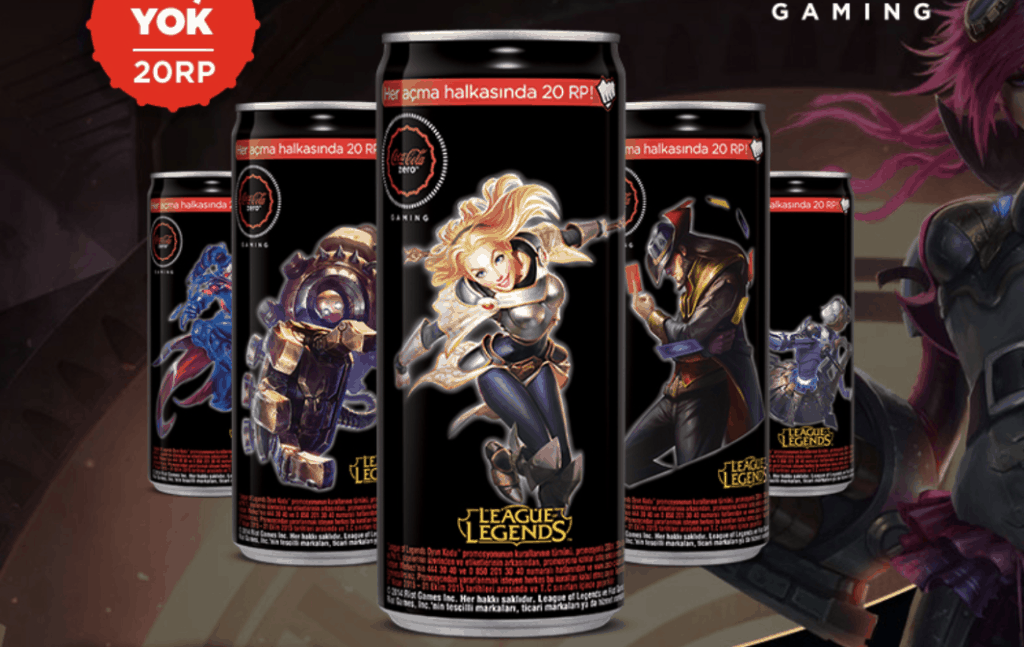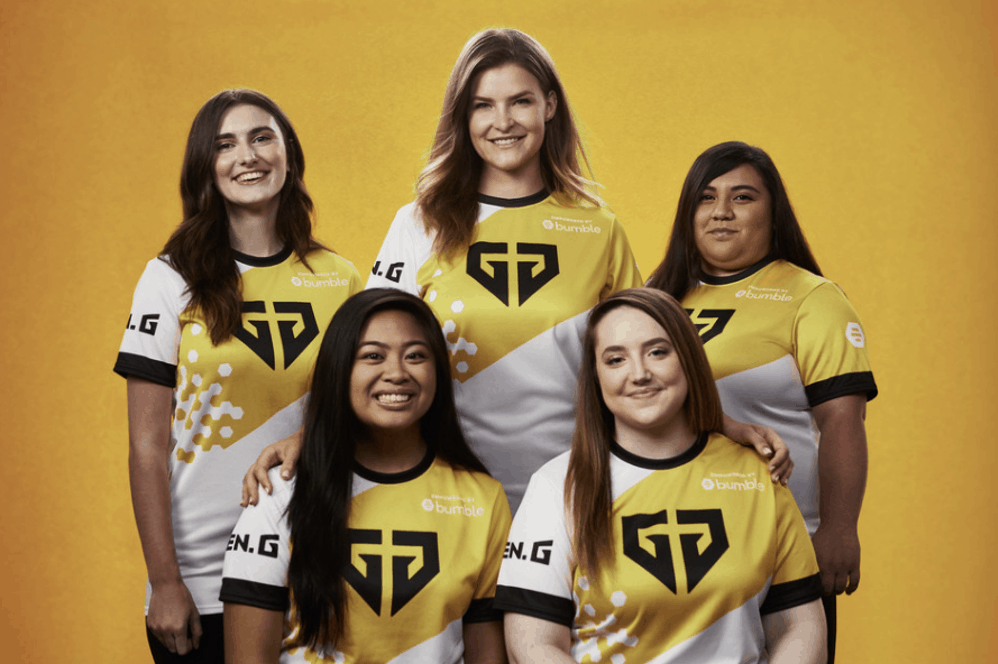However, some say that classifying such forms of gaming as a sport is debatable. Well, Esports fulfil these three sporting requirements — competition, tournaments and spectators — making it a sport that more and more people are growing to play and love. A burgeoning billion dollar industry today, Esports now comprises online and offline tournaments and events, video streaming, full time (pro-)gamers that play competitively, and more (Source: Tatler, ventureboat.com).
How did Esports become so popular?
So how did gaming become so popular? Taking a few steps back, let’s look at how Esports first came to be. The earliest video game competition dated back to when students at Stanford University competed in the “Intergalactic Spacewar Olympics” in 1972, with the winner taking home a year’s worth of subscription to The Rolling Stones magazine. Atari then managed to solidify competitive gaming as a popular option after it held the “Space Invaders Championship” in 1980 — which also happened to be the earliest large-scale video game competition that saw more than 10,000 participants from all across the United States.
The popularity of Esports then peaked from 2000s onwards as the number of tournaments rose exponentially from only 10 in 2000 to about 260 in 2010 (Source: esportsforgamers.com). As the number of tournaments and viewership grew, so did the prize money — with the grand prize scaling $1 million in the September 2006 “FUN Technologies Worldwide Webgames Championship”. Yes, a million dollars.
Then in 2011, Twitch was launched. Having seen almost 15 million daily viewers at one point of time, Twitch is the largest live streaming platform in the United States that allows people to tune in from all around the world, just to watch their favourite streamers play video games (Source: businessofapps.com).With that being said, now with athletic sports video games such as NBA and FIFA on the rise too, Esports has become more popular than ever.

An opening for brands
Alright, so Esports is a big deal, especially for the gamers, but why are more and more brands becoming increasingly invested in it? Well, for starters, it’s the perfect place for brands looking to target consumers between the age of 18 to 34 — of which many of them can be found in this industry.
On average, gamers spend around 100 minutes per day watching games streamed on Twitch (Source: businessofapps.com). Furthermore, Esports games have single-handedly managed to amass a following of millions of fans from all over the world. In 2020 alone, it is estimated that the number will be around 500 million Esports fans in which brands can expect to target globally (Source: vidooly.com). Nowadays, given consumers’ shorter attention spans, the unlimited digital platforms to view online content from, and not to mention the existence of ad blockers — which makes advertising even more difficult, what other ways can brands explore to capture attention? Hop onto something that they already have an interest in, or on a platform that they already are at, like Esports!
How are brands leveraging Esports?
Sponsorships and advertisements
More brands today are starting to recognise the value in Esports, especially the FMCG brands. In between live streams or gaming video on-demands, these are the window opportunities that allow brands to come in and feature their products. Alternatively, sponsoring gaming championships and tournaments also puts the brand’s name front and center on these platforms’ interfaces. Some brands have even taken to collaborating with the game creators just to inject their product placements into the game itself.
Coca Cola for instance, became a sponsor of the 2015 “League of Legends Championship Series” which they called the “Coke Zero Challenger Series”, echoing the slogan “New Year, New Look, New Level”. The head of global gaming at Coca Cola, Matt Wolf, stated that the brand aims to give fans “more cinema viewings, more social engagement and more opportunities to indulge their passion for Esports through Coca-Cola.” One of the ways Coca Cola does this is by working together with Cinemark and League of Legends developer Riot Games, to bring Esports into cinemas (Source: esports-marketing-blog.com).

Besides Coca Cola, Redbull has also been one of the major players in the Esports industry. Not only was Redbull one of the very first brands who saw the potential in Esports, they have also hosted many tournaments, partnered with teams, and sponsored top players. Till now, Redbull is still one of the most recognisable brands in the Esports arena because of their consistent branding in related partnerships and tournaments. Taking their investment in Esports very seriously, Redbull works with Esports players the same way they work with traditional athletes — they focus on ways to help improve their training, profiles and social content (Source: forbes.com).

The influencers
Apart from advertising and sponsorships, another way in which brands can enter the Esports industry is through the players themselves. We refer to the Esports influencers. Although a rather niche community, these high profile players tend to command a massive following, of whom they regularly engage and interact with. This makes their fans more inclined to support a brand that they support.
Take Redbull again for instance, who worked their magic by sponsoring popular Esports players like Soren Bjerg (gaming username: Bjergsen), who currently plays for the American League of Legends club Team SoloMid. Other famous Redbull Esports athletes include immy Ho (DeMoN) playing for Dota 2, as well as the famous Call of Duty player Matt Hagg (Nadeshot).
What about the oft-overlooked “badass” female players in Esports? Meet not one, not two, but a whole team of them!

Fortnite player Tina Perez shared her thoughts on why few women are competing professionally on Forbes — women are afraid of not performing well, having a lack of skills compared with the other players, and getting harassed (Source: forbes.com). This is when Gen. G and Bumble decided to combine forces to start an all-female Esports team — Team Bumble (Source: prnewswire.com). Their hope is to change this toxic environment through developing a community of female Esports gamers. Talk about women empowerment!
The future of Esports
With so much that is going on, what is in store for Esports next? What if we told you that schools and gaming can mix? That’s right, even universities and schools like Harvard University, University of Georgia and Boston University are offering scholarships for members of their League of Legends college teams. This means that professional League of Legends players are now being recognised and offered the same opportunities as professional athletes. Take Robert Morris University for instance, which was the first university to issue an Esports scholarship which covered up to 50 percent of the recipients’ tuition, room and board fees (Source: sg.news.yahoo.com).
On a larger scale, Intel has announced that the Esports tournament “Intel World Open”, will be taking place in the lead up to the Olympic Games Tokyo 2020. Also, for the 2022 Asian Games that will be taking place in Hangzhou, China, competitive video games have already been confirmed as a medal event there, while demonstration Esports events are likewise said to be included in the 2024 Summer Olympics in Paris.
In fact, closer to home, Esports has already taken mobile gaming by storm with Mobile Legends, Clash Royale and Arena of Valor. In September 2019, the Mobile Legends: Bang Bang (MLBB) tournament was held physically at Funan. 14 teams representing their schools battled it out at this tournament for a chance to claim a spot at the grand finals at Singapore’s first Comic Con, which took place that December. Right here — everything was played entirely on mobile!

The CEO of International Group at Singtel (which handed out one-year sponsorship deals to local Esports organisations), hopes to build a healthy community for local gamers to share their passion and fun through their grassroots initiatives like the PVP Inter-Campus League (Source: vulcanpost.com).
With the advancements in technology, and the improvements in the quality and creativity of games, the future of Esports is bright and the possibilities, endless. As a brand targeting the Millennials or the Gen Zs, you might want to consider “leveling up”, and hopping on to this next big thing before the ship sails.
— —
Hero image: Kelvin Ang, Unsplash
